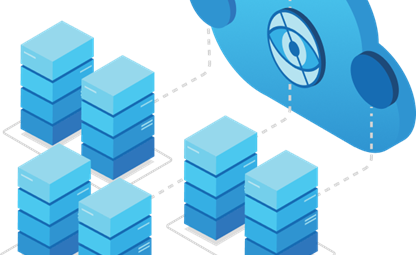30 Jul 2016
What is Experience Design and How Does It Relate to Your Bottom Line?

A quick definition of experience design "is a process by which you enhance a visitor’s satisfaction, through usability and accessibility improvements to the interaction between the visitor and the website or product," according to David Hoos in an article titled Getting Started With User Experience Design. It''s not hard to guess why this is important: the sought-after goal simply amounts to "happy users, more customers, and increased revenues."
The reality of actually attaining the goal of increased happy users, customers, and revenues can be anything but straightforward. The marketplace of today is very crowded - how will your online presence stand out from the rest? The web sites of your closest competitors are merely a few clicks away. How can you keep potential customers engaged before they wander? Providing a top-notch online experience through experience design is key; less than the best simply won''t do.
Along with the obvious need to stand out, why is it so difficult to stay ahead in terms of achieving a really excellent online experience? The reason is that customer expectations are at unprecedentedly high levels in terms of ease of use and seamless interconnectivity with all sorts of applications, media, related products and services, etc. This reality demands a strong experience design approach. Craig Grannell writes in an article titled Experience design: An in-depth guide to what this mix of branding, UX service design, and more really means, "A key reason, then, for taking an experience design approach is the increased interconnectedness of everything. “Customers don’t see differences between channels — mediums of interaction — and so jump from one to the other and expect the same seamless experience everywhere,” says Jani."
Not delivering that seamless experience - and otherwise falling short with your online presentation - will hurt your organisation.


